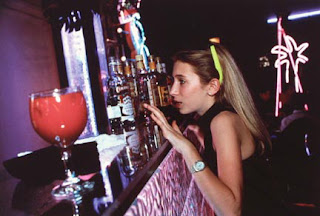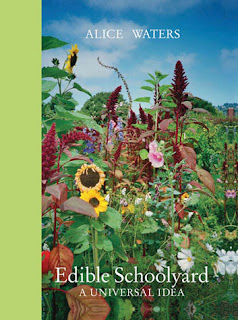Modern Family is the show I look forward to watching each week. I know I’m one of a large choir, but one of the many cool aspects of the show is that it is appealing to all ages. A large range of ages are represented in the show, and I’ve watched and discussed the show with fellow viewers of all different ages, including tweens.
Tweens are also represented on the show in the characters Luke, Alex and Manny. Oh Manny.
Luke seems to have an uncanny way of finding fun and charm in the simplest endeavors. He also is capable of getting into situations that seem uncanny to everyone around him, but make perfect sense to him. To Luke, everyone else who doesn’t understand, but it’s okay, they don’t have to get it.
Alex is too smart, for basically everyone, but she also wants to be popular and hip, something that’s not always easy to master, no matter how good your grades might be.
Manny may be the quirkiest kid on the show, but in many ways his predicaments come across as the most realistic. He’s trying to fit in with his new family and school. He’s been through a lot, so he has great insight on everything, which leads to great comedic effect because you know, he’s 11 and when he waxes philosophy, everyone is always a little shocked. Manny’s trying to be true to himself in a world where people may raise their eyebrows at his antics. It’s nice that he has the back-up of adults who let him be exactly who he is.
I have to admit, it makes me pretty happy that the show that currently makes me laugh the hardest is something I can sit and watch with my tween cousins. It says a lot that a show can be smart and funny, and simply be about getting along with your family.















